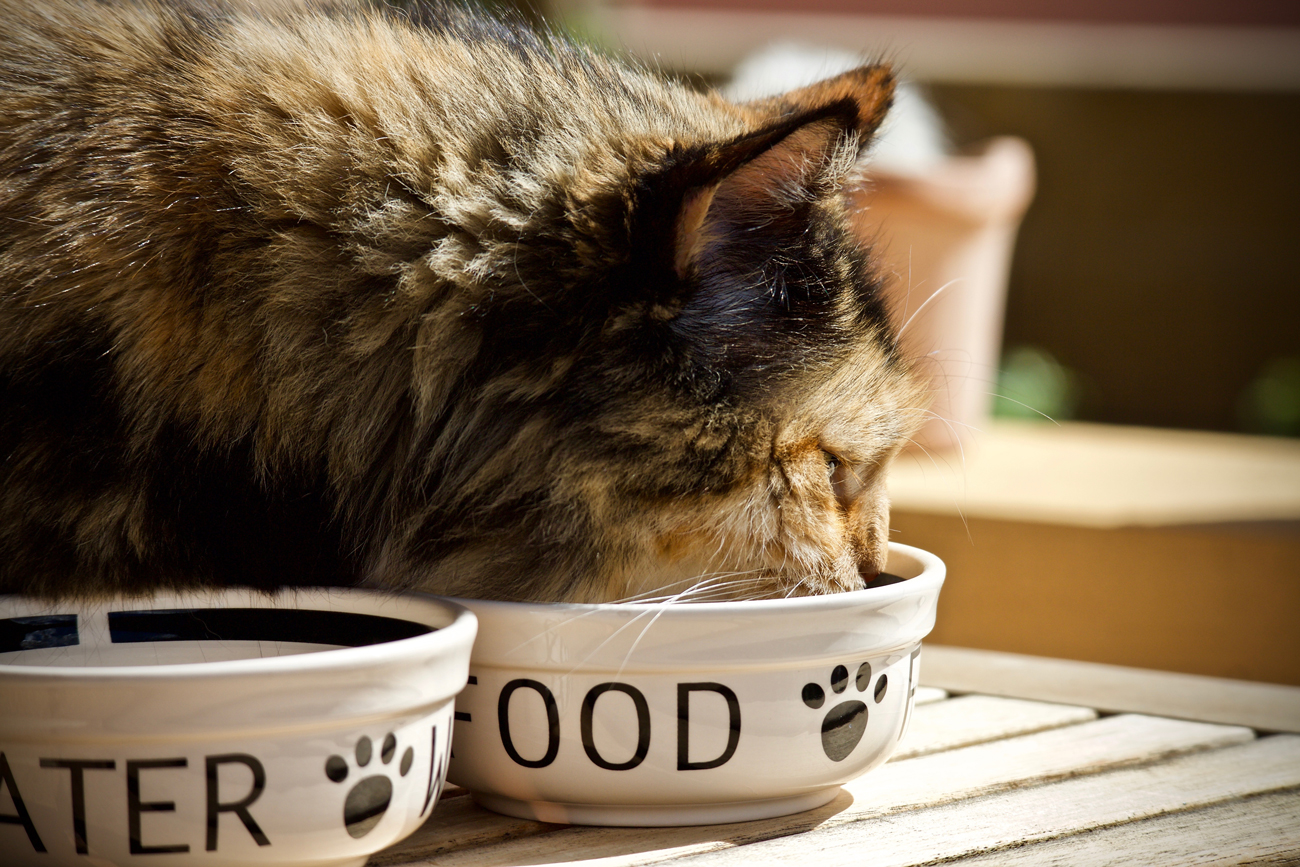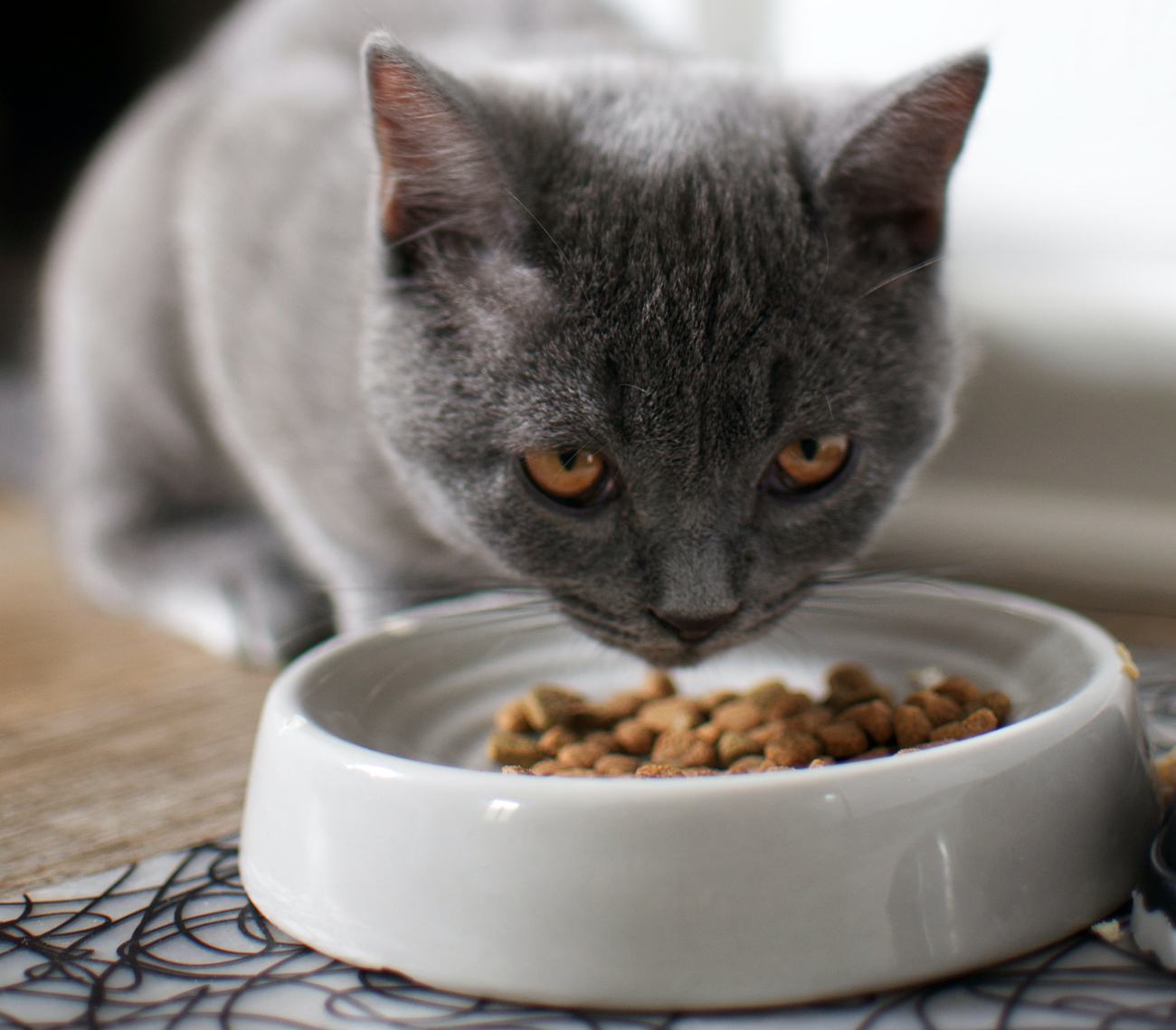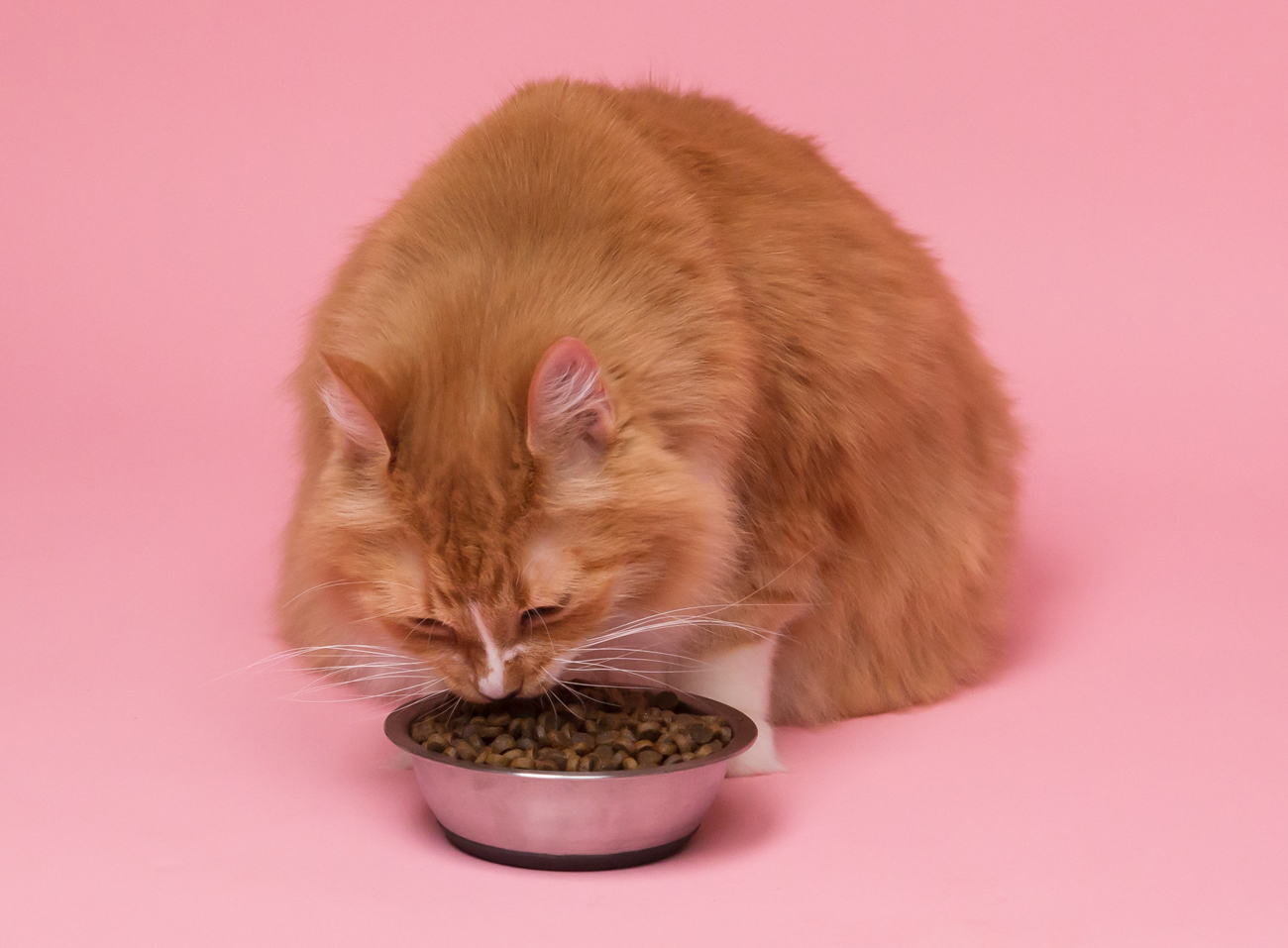
How much food does an old cat need?
11th May, 2021
Has your older cat begun to be less active? Are they spending more time indoors? If so, their metabolism may also be slowing down.
This means they could be at risk of putting on weight if you keep feeding them in the same way as in their more active, younger days.
Also, as they enter their senior years their appetite will change and they’ll have different nutritional needs than previously.
As a caring pet owner, you’ll obviously want to provide them with the right amount of high quality, tasty food with the perfect balance of protein and key nutrients. This isn’t always straightforward, so we’ve written this quick guide to feeding your older feline.
From the what and the how of feeding, to how much, we’ve got it all covered here.
If you’re looking for senior cat insurance then get a quote from Petwise today. Give our caring team of insurance specialists a call and get your older cat protected in its senior years.
What’s the best food for older cats?
Provided there’s no underlying health conditions, as a cat gets older it’s generally recommended to move them onto a specially formulated senior cat food.
These foods not only provide high-quality protein but other benefits, too, including:
- Increased levels of fatty acids to maintain healthy skin and coat.
- Multivitamins for brain and body health.
- Added vitamin E to strengthen their immune system.
- Glucosamine and chondroitin for joint support.
- Antioxidants including lycopene and Omega 3 to support body functions.
- Lower phosphorus and sodium content to help prevent damage to vital organs such as kidneys.
- Prebiotics to aid healthy digestion.
- Smaller circular kibble or softer pieces to help older teeth and more sensitive mouths.
They also contain fewer calories than normal adult cat food. This means that as activity levels drop your cat should still maintain their optimum body weight.
Also, because their sense of smell and taste sometimes fades, a senior food might have a higher meat content to make it more appealing to older cats.
As cats age, it’s important that they can still get as much pleasure out of meal times as they did before.

How much should you feed them?
The amount of food to feed your older cat will depend on the type of food and their body size. There will always be a feeding guide on the back to follow – but you might have to tweak the amounts based on your individual feline.
A one-size-fits-all approach will not work. You and your vet are best placed to ensure that your cat maintains a healthy body condition. It’s important to remember that rather than changing the amount of food, it’s normally more sensible to adjust the type of food given to suit their age.
An important task that any cat owner should do is to regularly weigh their feline friend. That way you’ll be able to notice if their weight begins to go up or down. While a cat’s weight will fluctuate over the course of a year, it’s important to act if you notice any substantial changes.
Weight loss and weight gain can both be signs of illness or disease and should be kept under close observation by your vet.
If you have any concerns at all then as an older cat insurance policy holder you can access Petwise’s 24-Hour Vet Helpline. Trained veterinary professionals are always on hand to help answer any queries.
Top tips for feeding older cats
Older cats can become more sensitive and fussier, so it’s useful to remember these top tips for successful feeding.
- Little and often is a good maxim to live by. Older cats can feel overwhelmed by large meals.
- Food should be served in a clean, low-sided bowl or saucer.
- Make sure their feeding bowls are in a quiet, easily accessible area away from noise and other animals.
- If your older cat lives with a younger cat or kitten, then be careful they aren’t having their food stolen.
- Never allow food to become stale or dry out – cats like it fresh.
- Occasional healthy treats can still be enjoyed. But remember to take them into account when working out your cat’s daily calorie intake.
- Ensure food is at room temperature – it’ll be easier for them to taste and smell it properly. Warming the food slightly in a microwave to increase the smell is a good idea. However, only do this for a short time and make sure it never gets hot.
- Use dry food to let them graze steadily throughout the day.
- Perhaps increase the number of feeding stations to find out where they prefer eating. And to make sure food is always easily reachable.
- Older cats need regular health checks to pick up any early signs of illness, injury or disease.
- Encourage increased water intake with additional bowls, adding some water to wet food or even installing a water fountain.
When changing from regular adult cat food to senior cat food it’s important to do so slowly.
Always feed them at the same time as the old diet. Start off by mixing a small amount of the senior cat food into their regular food.
Slowly build up the proportion over seven to 10 days, until you’re only feeding the new senior food.
If your cat refuses to eat the new food, then speak to your vet for advice on an alternative.

Get a quick quote from Petwise today
At Petwise, we want all cats to stay fit and healthy well into their senior years. That’s why there’s no upper joining age limit for our senior cat insurance policies.
With a choice of seven cover levels of insurance you’ll be sure to find one to suit your budget and requirements.
Dental cover is also included as standard on all policies. There’s a contribution towards specialist senior cat food, too.
Other benefits include farewell cover and a bereavement helpline for when your beloved pet reaches the end of their happy life.
Finding older cat insurance couldn’t be easier – get a quick quote today.
Policy benefits, features and discounts offered may very between insurance schemes or cover selected and are subject to underwriting criteria. Information contained within this article is accurate at the time of publishing but may be subject to change.